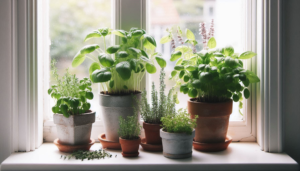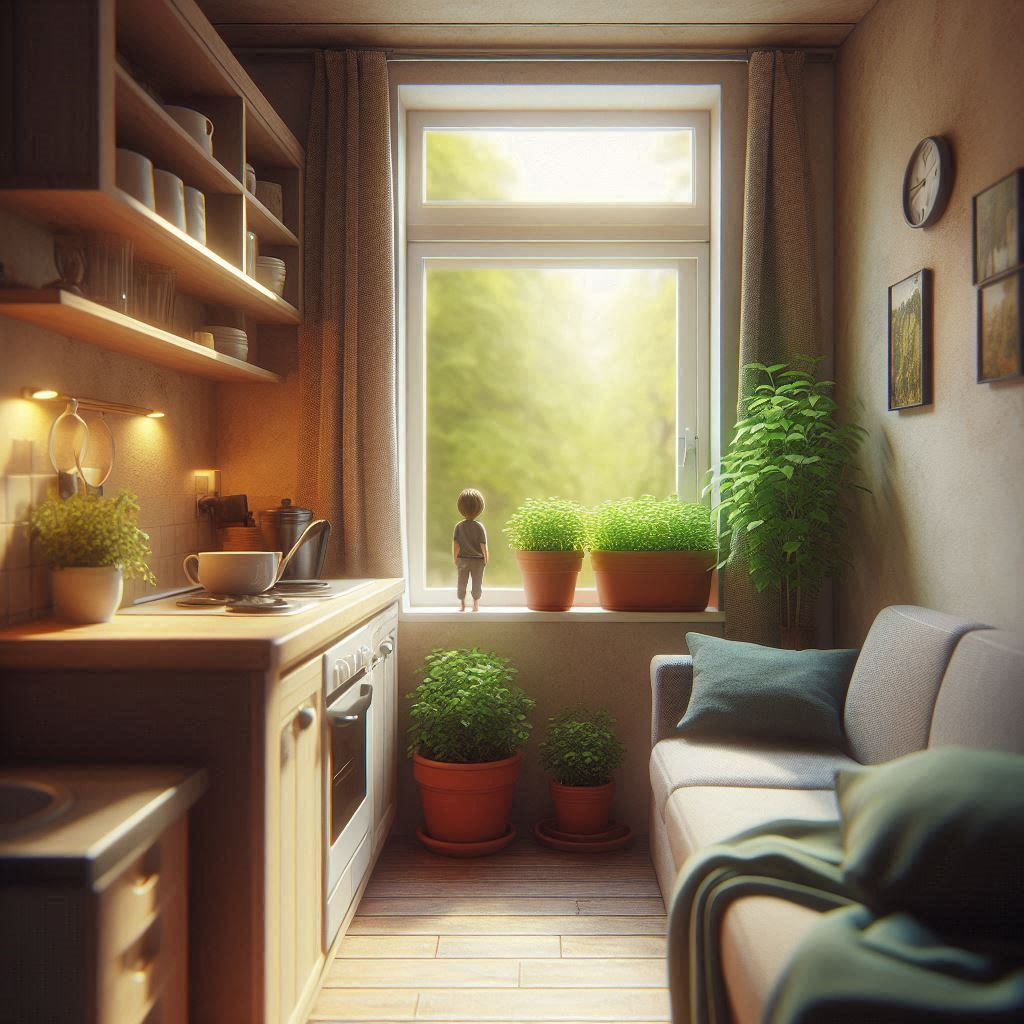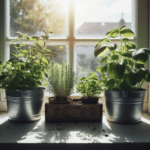 Living in a tiny apartment is both a blessing and a curse, but it doesn’t mean you have to give up on growing your own food plants, and herbs are an obvious choice.
Living in a tiny apartment is both a blessing and a curse, but it doesn’t mean you have to give up on growing your own food plants, and herbs are an obvious choice.
Indoor herb gardening is a great way to enhance your cooking while bringing life and a fresh aroma to your limited space. Growing herbs indoors means fresh ingredients are always right there at your fingertips, ready to spice up meals while purifying your home’s air.
Get started by selecting the herbs that are well-suited to the indoor life. Basil, mint, and chives are excellent choices for beginners. They’re not fussy, they grow quickly and can thrive in smaller pots making them ideal for tiny apartments and small living spaces. And these herbs are versatile in the kitchen too, whether you’re whipping up a pesto with basil, making mojitos with mint, or adding a subtle onion flavor with chives.
A little understanding of the basic requirements for indoor herb gardening will go a long way. Herbs need plenty of natural light which means finding the sunniest windowsill is the goal. There are apartments that get morning light and others that will get afternoon light, while others get very little direct sunlight at all. Investing in an LED grow light or two, set with a timer, can make all the difference.
Also, herbs like a soil that drains well, ensure that your pot has drainage holes this will help prevent root rot. Regularly rotate your plants to ensure even growth, helping them remain lush and bushy.
Lighting and containers play crucial roles in the success of your indoor herb garden. While a south-facing window is perfect, grow lights can mimic sunlight in darker spaces. Herbs do well in breathable pots, like terra-cotta, which provide excellent aeration and moisture control. Although terra-cotta is porous which allows for evaporation through the pot, so check the soil every so often to see how dry it is.
When it comes to watering, less is more. Over-watering is a common mistake that leads to root rot. Wait until the soil is dry to the touch before giving your herbs a good soak. It’s a good idea to feed them with a general-purpose liquid fertilizer every few weeks to support healthy growth.
Utilizing your homegrown herbs can be a fun and rewarding experience. Fresh snipped herbs make everyday dishes special—there’s nothing quite like fresh basil on homemade pizza or chives sprinkled over scrambled eggs. Regular harvesting also encourages more robust growth, so use your herbs often.
Indoor gardening comes with its own set of challenges, but they’re manageable. Common pests like aphids can be removed with a gentle spray of water or an insecticidal soap. If you notice leggy growth, your plants might not be getting enough light, so relocate them or add a light source.
Maximizing space is key in small apartments. Consider vertical gardens or hanging planters to keep your floor space clear. There are plenty of creative solutions for displaying your herbs while enhancing your living space. Reusing materials in unique ways contributes to sustainability, like turning unused containers into charming plant pots with a personal touch.
Keeping your indoor herb garden healthy requires consistent care. With a little attention to light, water, and feeding, your small space can transform into an abundant, aroma filled haven.



